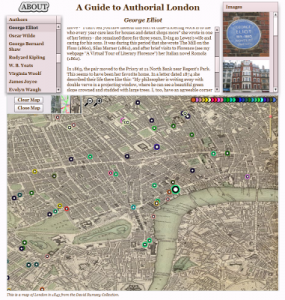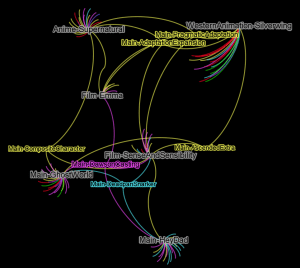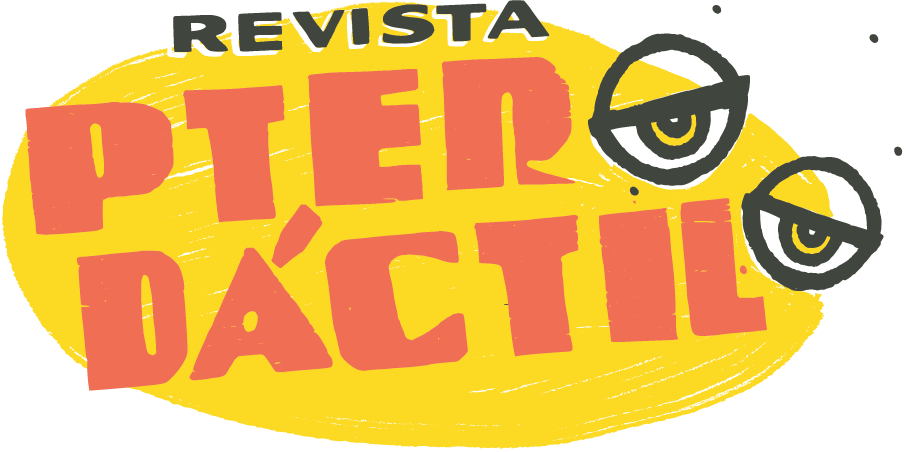I just got back from the TXDHC conference (that’s «Texas Digital Humanities Consortium conference») hosted by the University of Houston last week. I wrote some thoughts it provoked in a companion post. Here, I want to share some of the tools I discovered:
1. Neogeography: I got this term from Elijah Meeks, who has worked on projects like Orbis, Authorial London, Kindred Britain, and others. In his keynote, he described how sophisticated interactive maps can help in both visualizing and understanding historical events. Orbis, for example, allows users to map a voyage across the Roman Empire, taking into account weather, costs, forms of transportation, and other factors. Another example gives viewers an interactive experience in Middle Earth (compare to this version), or of the imagined future in Infinite Jest.

Interested in doing this kind of work? Check out the Neatline tool, which facilitates map production using the Omeka interface. I’d love to see a map of Los detectives salvajes.
2. Network Analysis: Mapping the Republic of Letters, which visualizes relationships among Europe’s intellectual elite, is the most famous of these projects – check out, for example, this case study of Spanish scientists. But there are all kinds of ways to imagine networked relationships on and off the map. This weekend I saw an animated network that showed moving social relationships in Rousseau’s Confessions, and some sweet networks showing literary relationships as understood by TVTropes. (The one below links Sense and Sensibility with Supernatural and Ghost World.)

Networks make exciting visuals, but they also have great analytic capability, which other people have described better than I can.
If you’re interested in building one of these yourself, check out the not-as-difficult-as-it-used-to-be tool Gephi, available as a free download.
3. Textual Analysis: There’s a whole bunch of fun tools you can use to analyze the texts that interest you. I’ve enjoyed uploading text files of books into Voyant Tools, an interactive program that will show you the most common words in your corpus and how they change over time. (Voyant supports Spanish language text.) (FYI: you’ll want to select the option that removes the stopwords before you run the program.)
You might also check out Bookworm, which lets you track words over time in large online corpora – kind of a more scholarly version of the Google NGram viewer.
I like many of these projects because they are not exclusively scholarly – they create new modes of engagement for readers and researchers alike. I also like them because I can see their application for my own work. Maybe you can too.
